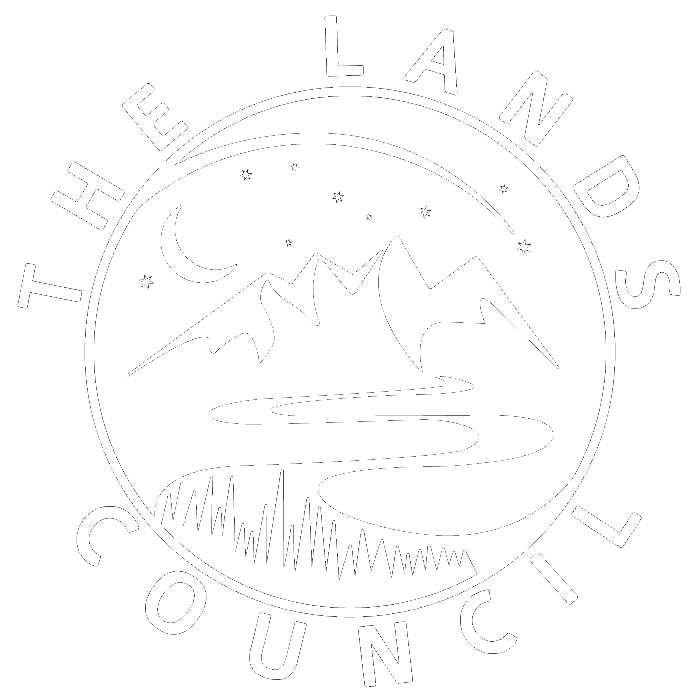Celebrate Earth Day with The Lands Council! We will host a fun, family-friendly tree planting on Saturday, April 23rd with shifts starting at 9:00 am. Trees will be provided and bring your own tools if you have them.
We will plant trees in small groups and shifts, so we can make a big difference while staying safe. It is a large site with plenty of parking and room to spread out.
Volunteer Details
Our Earth Day Tree Planting will be a fun, family-friendly tree planting on Saturday, April 23rd with shifts starting at 9:00 am. Trees will be provided and bring your own tools and gloves if you have them. The forecast is looking pretty great for Saturday but be sure to dress warmly and ready for rain, if needed.
Marshall Creek
17530 South Short Road, Cheney, WA, 99004
Our Marshall Creek site, located between Cheney and Spokane, is undergoing a massive restoration transformation, and you will have the unique opportunity to help revitalize this wetland ecosystem. We started this restoration project in summer 2020 in partnership with local landowners and the Department of Fish and Wildlife at Turnbull National Wildlife Refuge. Through this partnership, wetlands were created through large excavations to create ponds. A wide array of native species have been planted in the riparian zone around Marshall Creek and the newly established ponds. This project is part of a network of restoration projects on Marshall Creek that will maximize the ecosystemic benefits in the region. We were excited to see waterfowl already flocking to their new wetland paradise!
Trees are critical to all aspects of life—our health, our economy, and our environment.
A healthy, adult tree can take 11,000 gallons of water from the soil and release it into the air again as oxygen and water vapor in a single growing season.
Native tree species support natural ecosystems by providing habitat and food for birds, mammals, and insects.
Tree planting improves water quality. A tree’s complex root network reduces runoff and erosion. This allows more recharging of the ground water supply. Wooded areas help prevent the transport of sediment and chemicals into streams.
Forested streamside buffers also filter sediment from streams, stabilize streambanks, shade and modify stream temperatures, sequester carbon to help mitigate greenhouse gas emissions, and reduce downstream flooding. And the presence of mature trees in a buffer makes the stream wider.


